
Machu Picchu primary resource
Discover the secrets of this incredible Incan city
This Ancient Civilisations primary resource introduces children to Machu Picchu in South America. Discover fascinating facts about this Ancient Incan city. When was Machu Picchu built? Why was it built? How did the Incas build Machu Picchu?
Pupils will learn about the history of Machu Picchu and the archaeological research of this historical site in our National Geographic Kids’ Machu Picchu primary resource sheets.
The teaching resource can be used in study group tasks for evaluating evidence and archaeological artefacts, and for learning about ancient civilisations. Use as a printed handout or for display on the interactive whiteboard, using the images included in the resource for class discussion.
Activity: Ask children to imagine that they’re an explorer on an expedition to Machu Picchu. Ask them to write a letter/report to send back home, describing the site and what they’ve seen there. They could also illustrate their letter/report with drawings or diagrams of the ruins in their mountain landscape.
N.B. The following information for mapping the resource documents to the school curriculum is specifically tailored to the English National Curriculum and Scottish Curriculum for Excellence. We are currently working to bring specifically tailored curriculum resource links for our other territories; including South Africa, Australia and New Zealand. If you have any queries about our upcoming curriculum resource links, please email: schools@ngkids.co.uk
This History primary resource assists with teaching the following Key Stage 2 History objective from the National Curriculum:
Pupils should be taught about:
- The achievements of the earliest civilizations – an overview of where and when the first civilizations appeared and a depth study of one of the following: Ancient Sumer; The Indus Valley; Ancient Egypt; The Shang Dynasty of Ancient China
- A non-European society that provides contrasts with British history – one study chosen from: early Islamic civilization, including a study of Baghdad c. AD 900; Mayan civilization c. AD 900; Benin (West Africa) c. AD 900–1300
This History primary resource assists with teaching the following Social Studies Second level objectives from the Scottish Curriculum for Excellence:
- I can discuss why people and events from a particular time in the past were important, placing them within a historical sequence
- I can compare and contrast a society in the past with my own and contribute to a discussion of the similarities and differences
Download primary resource
More Like
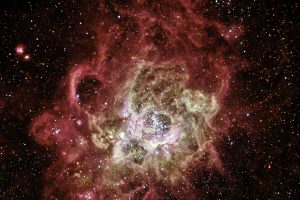
Universe Facts
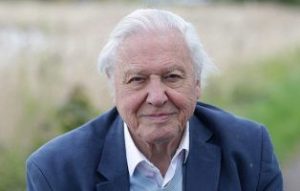
15 fascinating facts about Sir David Attenborough
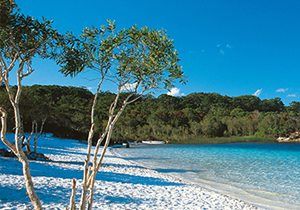
Aussie Adventure on Fraser Island!
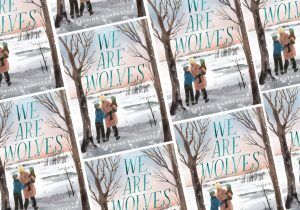

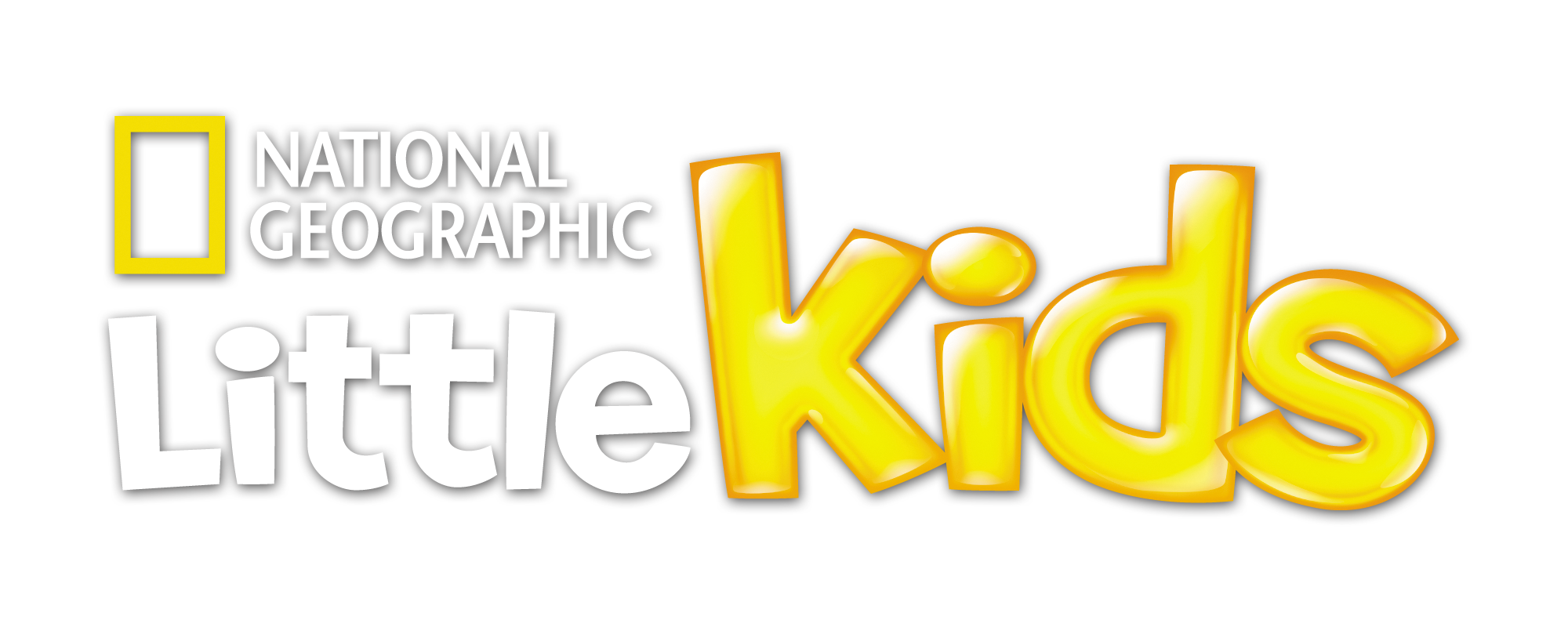
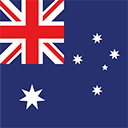
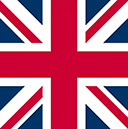
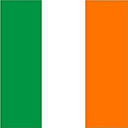
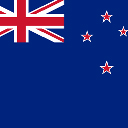

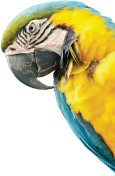

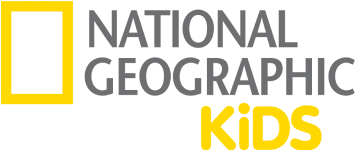
LEAVE A COMMENT
THANK YOU
Your comment will be checked and approved shortly.
WELL DONE,
YOUR COMMENT
HAS BEEN ADDED!
COMMENTS
CUSTOMIZE YOUR AVATAR